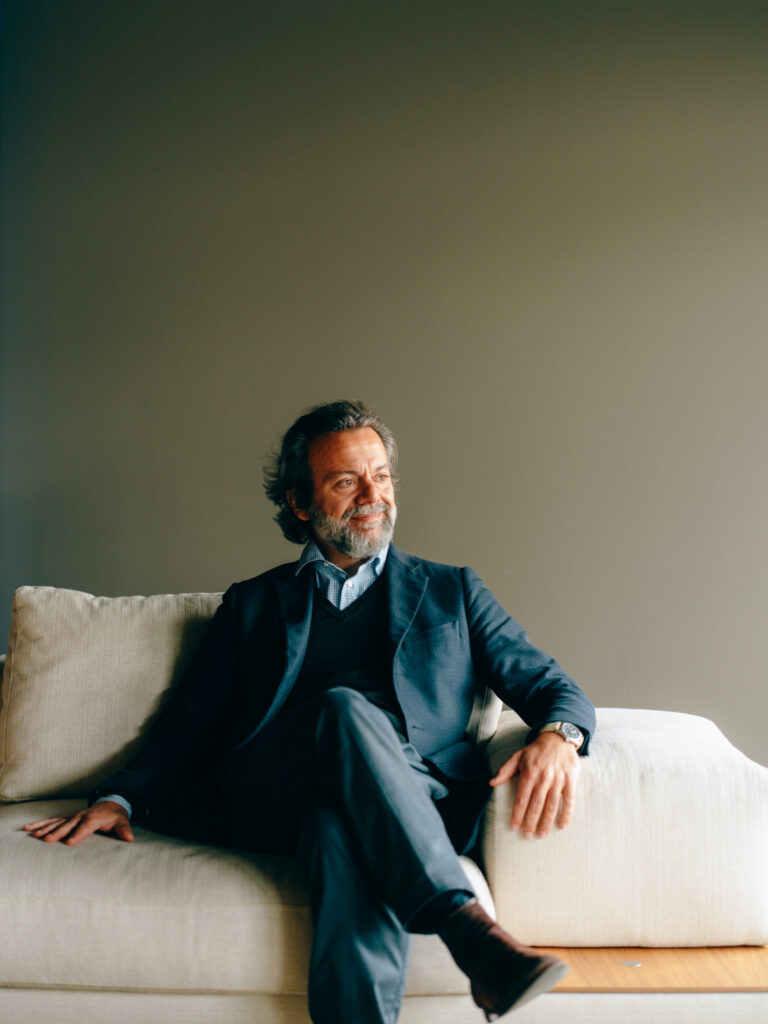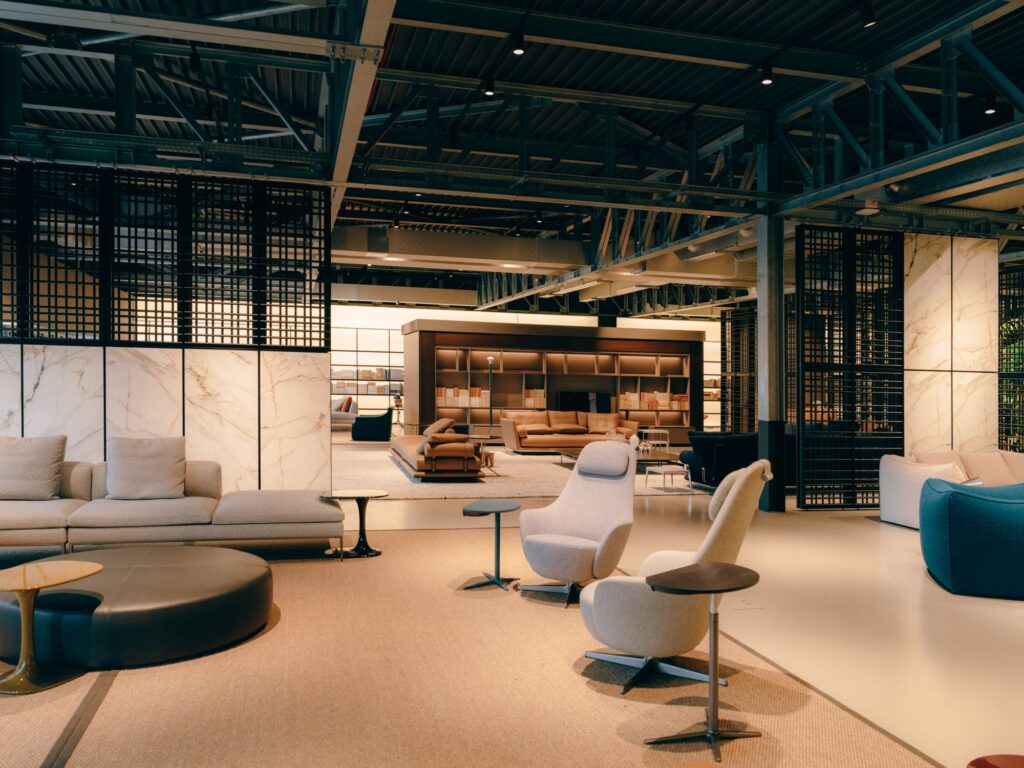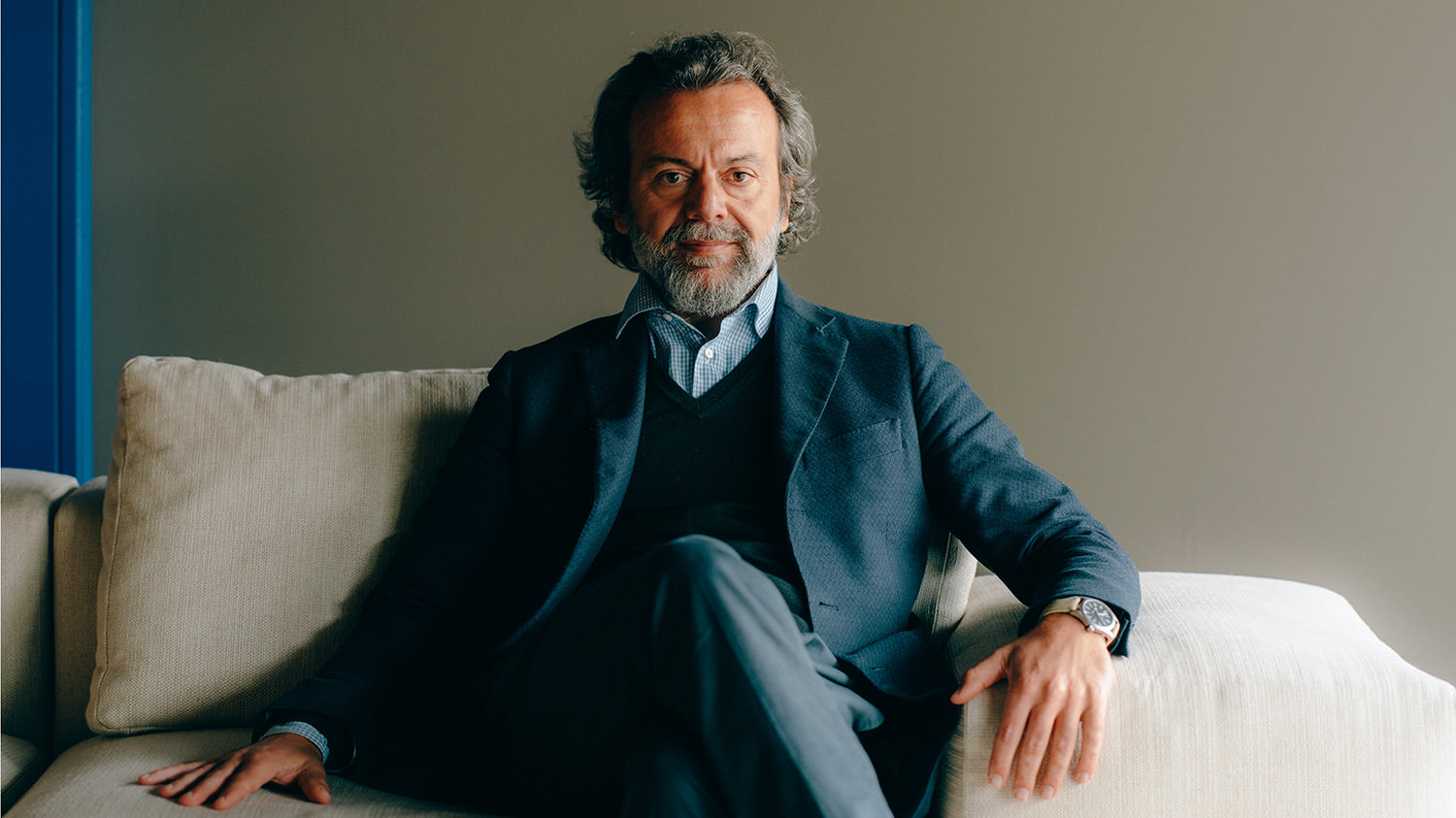
In April 2023, I had the pleasure of speaking with Tommaso Vincenzetti, CMO of B&B Italia, on the O.O.A.K.PODCAST. Our conversation offered deep insights into how a strong brand strategy fuels success in the luxury furniture industry.
B&B Italia is renowned for its product innovation, Italian craftsmanship, and contemporary design. With multiple Compasso d’Oro awards to its name, the brand has continuously evolved while staying true to its core identity. But what truly sets B&B Italia apart is its strategic approach to branding, storytelling, and adaptability in a rapidly changing market.
In this blog, I revisit the conversation and explore the key lessons from B&B Italia’s brand philosophy, innovation-driven strategy, and how they continue to shape contemporary luxury design.
The DNA of a luxury brand: B&B Italia’s four pillars
Every successful luxury brand has a clear identity - a set of values that guide its decision-making, product design, and consumer perception. For B&B Italia, these values are embedded in its brand DNA, defined by four core pillars:
Visionary thinking – The ability to anticipate cultural and design trends before they happen. B&B Italia doesn’t follow the market - it shapes it.
Boldness – Taking creative risks and introducing groundbreaking designs, like the UP Series armchair, which was radical when first launched in the 1960s.
Contemporary relevance – A deep understanding of how people live, interact, and experience furniture today.
Innovation – Not just in product design, but in communication, digital transformation, and business processes.
These four principles aren’t just words on a brand document. They are actively embedded in B&B Italia’s daily operations, ensuring that every decision aligns with their long-term brand vision. As Vincenzetti noted in our conversation, brand strategy isn’t a natural evolution - it’s something you have to work on continuously.
Why storytelling matters in luxury design
Luxury furniture isn’t just about aesthetics; it’s about emotional connections and storytelling. A well-crafted narrative transforms furniture from a functional object into a symbol of aspiration and identity. B&B Italia excels at storytelling in three ways:
Heritage & Evolution – Founded in 1966, the brand has continuously innovated while staying true to its roots. Their collaborations with world-class designers ensure a constant infusion of fresh ideas while maintaining brand coherence.
Italian excellence as an unspoken promise – Just as brands like Armani or Bottega Veneta don’t need to state that they are “Made in Italy”, B&B Italia’s craftsmanship speaks for itself. The Italian identity is naturally woven into its DNA.
Design as a reflection of cultural shifts – One of B&B Italia’s greatest strengths is its ability to interpret and anticipate how people interact with their living spaces. A prime example? The evolution of living rooms into multifunctional spaces post-COVID, influencing furniture design to accommodate work, relaxation, and socializing.
Adapting to a changing market: the power of innovation
One of the biggest takeaways from my conversation with Vincenzetti was how B&B Italia adapted to industry shifts. Two major changes reshaped their strategy:
The digital acceleration – The luxury furniture industry had been slow to embrace digital transformation. But the pandemic forced B&B Italia to pivot quickly, using virtual product launches, digital storytelling, and e-commerce initiatives to engage customers in new ways.
The changing role of home spaces – As our homes became more multifunctional, luxury brands had to rethink how furniture serves different needs. Consumers now expect high-end furniture to be adaptable, ergonomic, and aesthetically timeless, reinforcing the importance of design thinking in brand strategy.
The three golden rules of brand strategy
Vincenzetti also shared three essential rules for maintaining a strong brand strategy in luxury design:
1. Never compromise on quality – From product craftsmanship to marketing visuals, consistency is key to reinforcing brand perception. If something doesn’t meet the brand’s high standards, it’s better to hold back than to release an imperfect product.
2. Balance B2B and B2C audiences – While architects, designers, and distributors play a crucial role in luxury furniture sales, brands must also build direct consumer trust. A successful strategy must speak to both worlds.
3. Experiment & innovate – Allocating 5-10% of the marketing budget to new ideas, channels, and storytelling formats ensures that the brand stays ahead of the curve. Experimentation fuels long-term relevance.
Final Thoughts: Brand strategy as an ongoing evolution
One of the most powerful lessons from my conversation with Vincenzetti was this: brand strategy is never static — it’s a continuous evolution.
B&B Italia’s success comes from its ability to balance heritage with reinvention, storytelling with digital transformation, and exclusivity with accessibility.
For brands looking to establish themselves in the luxury design space, the key takeaway is clear: a strong brand isn’t just about what you sell — it’s about the meaning, emotions, and identity you create.
If you haven’t yet listened to the full episode of my interview with Vincenzetti, tune in here to hear firsthand how B&B Italia shapes the future of luxury design.








No comments.